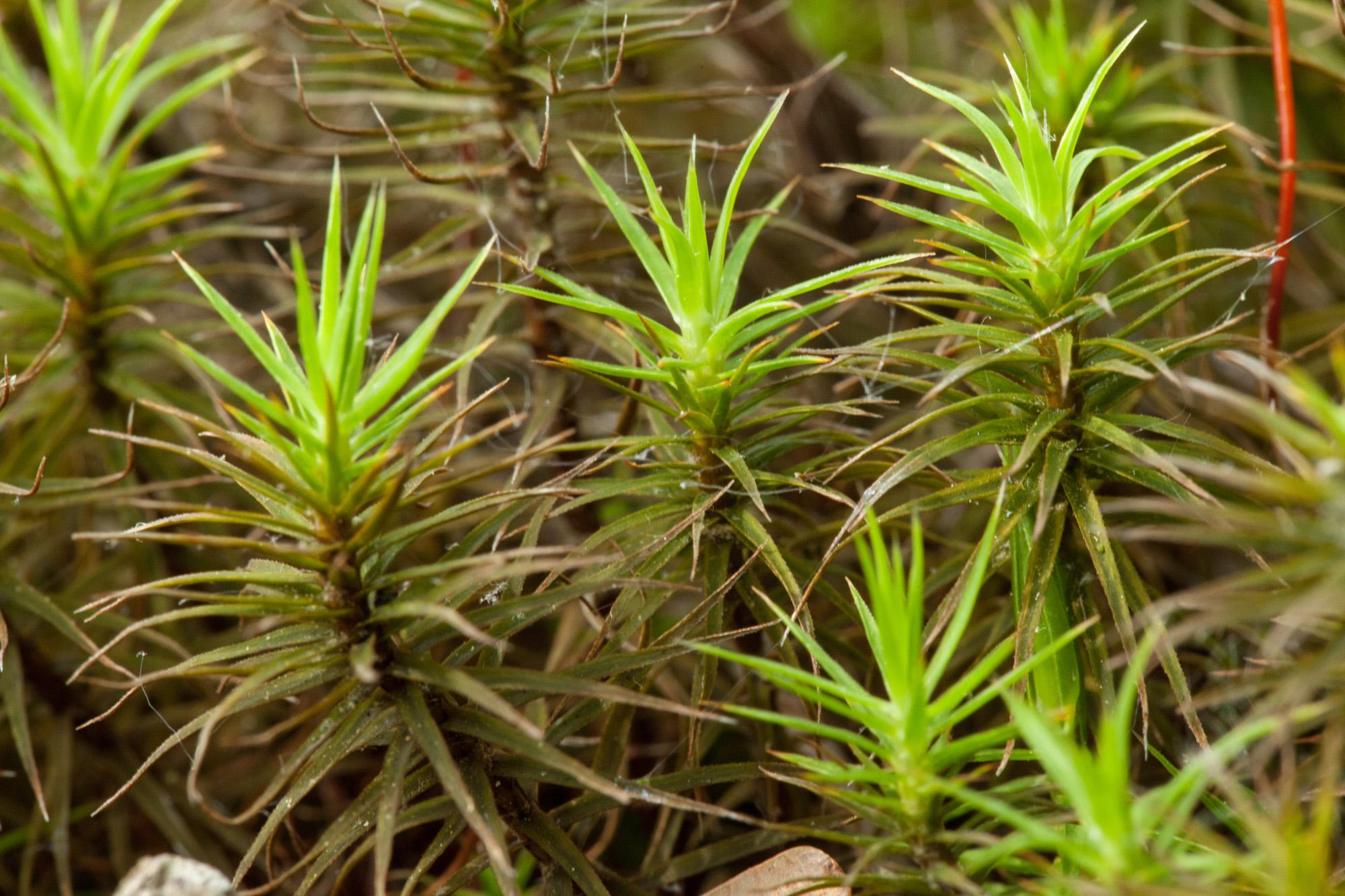
Polytrichum-commune-9.jpg from: https://ohiomosslichen.org/moss-polytrichum-commune/
Introduction
In the vast and captivating world of bryophytes, the Polytrichum alpiniforme Cardot moss stands out as a remarkable species within the Polytrichaceae family. Also known simply as Polytrichum, this unassuming yet fascinating plant has captured the hearts of moss enthusiasts worldwide. Let’s delve into the intriguing realm of this extraordinary moss and unravel its secrets.
Background
Before we explore the wonders of Polytrichum alpiniforme Cardot, it’s essential to understand the broader context of bryophytes. These non-vascular plants, which include mosses, liverworts, and hornworts, are often overlooked but play a crucial role in various ecosystems. They are among the oldest land plants on Earth, dating back to the Paleozoic era, and have adapted to thrive in diverse environments.
Main Content
Morphology and Identification
Polytrichum alpiniforme Cardot is a striking moss species characterized by its distinctive features. Its gametophyte stage, the most conspicuous phase, consists of upright stems adorned with lanceolate leaves arranged in a spiral pattern. These leaves are keeled, meaning they have a prominent midrib, giving the plant a unique appearance.
One of the most remarkable aspects of Polytrichum is its sporophyte stage, which features a seta (stalk) topped with a calyptra (cap-like structure) covering the capsule. This capsule contains the spores responsible for reproduction, and when mature, it splits open along vertical lines, allowing the spores to disperse.
Global Distribution and Habitat
Polytrichum alpiniforme Cardot is widely distributed across various regions of the world, including North America, Europe, Asia, and parts of South America. It thrives in a range of habitats, from moist and shaded areas in forests to alpine and subalpine regions, where it can be found growing on soil, rocks, or decaying logs.
Ecological Roles and Adaptations
Despite their diminutive size, mosses like Polytrichum alpiniforme Cardot play vital roles in their ecosystems. They act as pioneers, colonizing bare or disturbed areas and facilitating the establishment of other plant species. Additionally, they contribute to soil formation, water retention, and nutrient cycling.
One of the remarkable adaptations of Polytrichum is its ability to withstand desiccation. During dry periods, the moss can curl its leaves inward, reducing water loss and protecting its delicate structures. When moisture returns, the leaves unfurl, allowing the moss to resume its photosynthetic activities.
Case Studies/Examples
In a study conducted in the Rocky Mountains of Colorado, researchers found that Polytrichum alpiniforme Cardot played a crucial role in stabilizing soil and preventing erosion on steep slopes. The dense mats formed by this moss helped retain moisture and provided a suitable environment for other plant species to establish themselves.
Technical Table
| Characteristic | Description |
|---|---|
| Phylum | Bryophyta |
| Class | Polytrichopsida |
| Family | Polytrichaceae |
| Genus | Polytrichum |
| Species | alpiniforme Cardot |
| Gametophyte | Upright stems with lanceolate, keeled leaves |
| Sporophyte | Seta with calyptra and capsule |
| Habitat | Moist, shaded areas, alpine and subalpine regions |
| Distribution | North America, Europe, Asia, parts of South America |
Conclusion
The Polytrichum alpiniforme Cardot moss, a member of the Polytrichaceae family, is a true marvel of nature. Its unique morphology, global distribution, and ecological significance make it a fascinating subject for moss enthusiasts and naturalists alike. As we continue to explore and appreciate the intricate world of bryophytes, let us ponder this thought-provoking question: How can we better protect and conserve these often-overlooked yet vital components of our ecosystems?